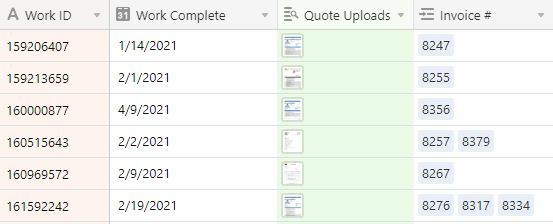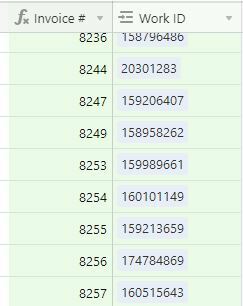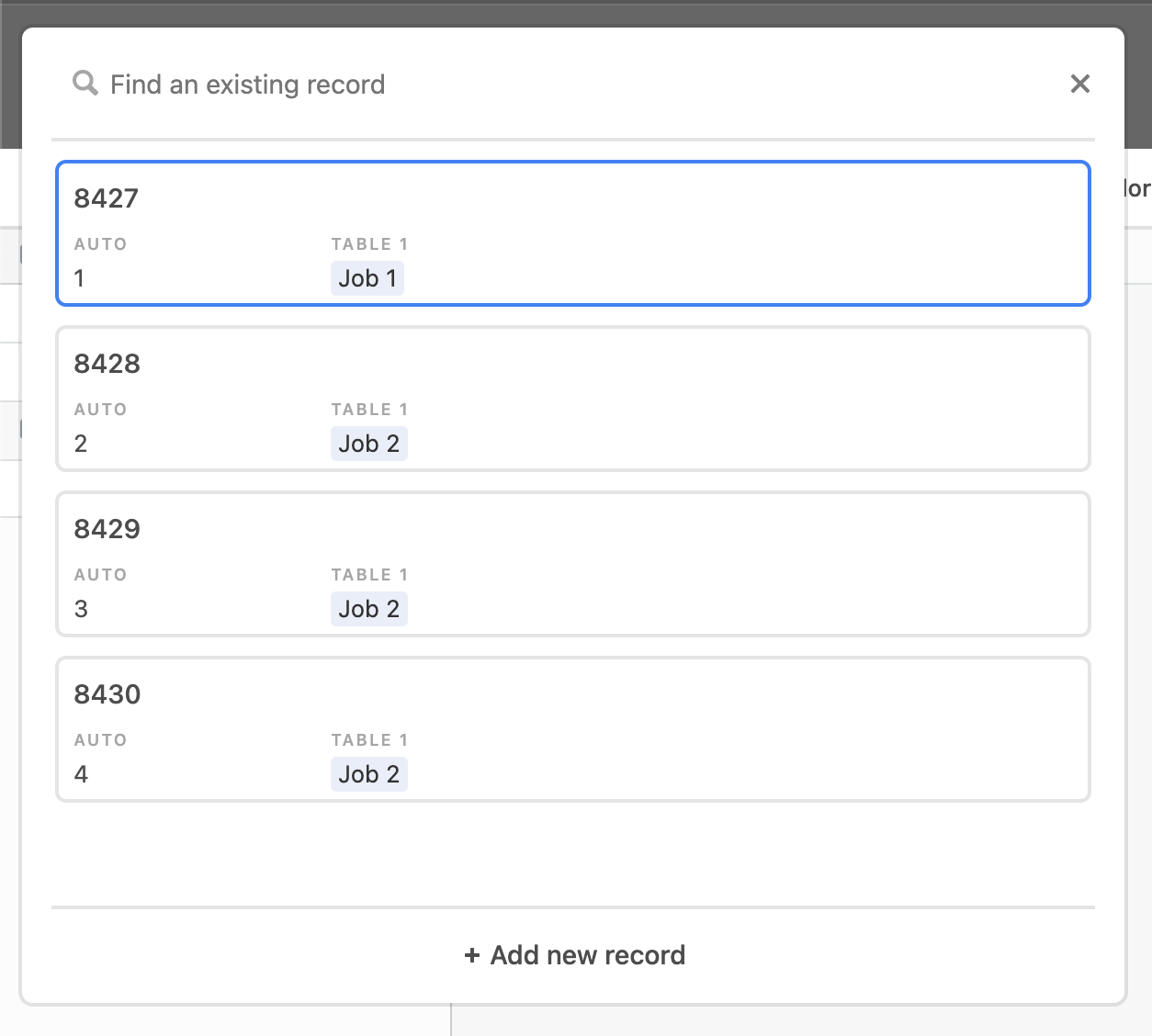@Kamille_Parks The biggest issues come from non-tech-savvy employees who get confused when a record isn’t visible to select (like other options throughout the base), or when they click the “Add New Record” option they want to continue filling in other details. Since there is no way to hide the hidden fields from their view in the pop-up window they get 'carried away with data entry, causing an error in the workflow on Table 2. Is there a way to create a button linked to a form to fill in only the necessary fields for Table 2?
@kuovonne Very good advice, thank you. I’ve seen a lot of really great scripts online and through the community, but even with instructions sometimes they are hard to follow when you don’t have any experience in scripting. I’d rather stray away from scripting because of the high possibility of future changes in Airtable, we are always updating.
Yes. Create a Form View for Table 2 that includes all the necessary fields including the Link to Table 1. Get the share link for that form view and assign it to a Button field in Table 1. If you want the form to be prefilled with whichever Invoice record on which the button was clicked, you could use Kuovonne’s nifty app to generate what the URL formula would be.






